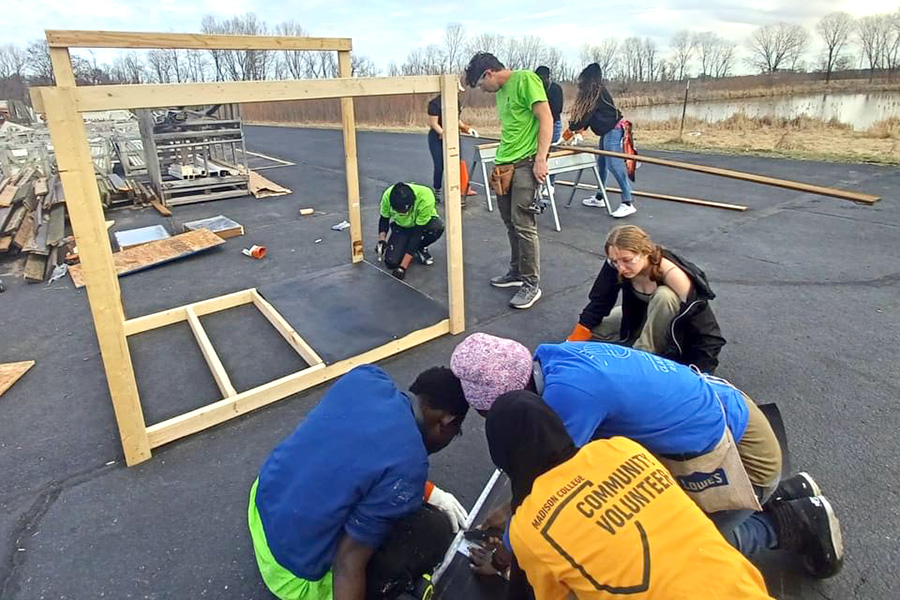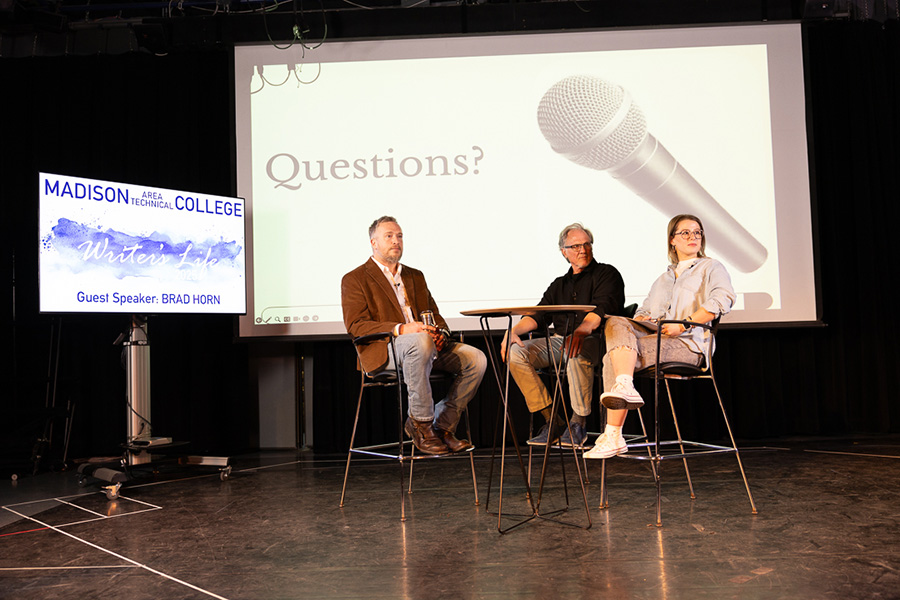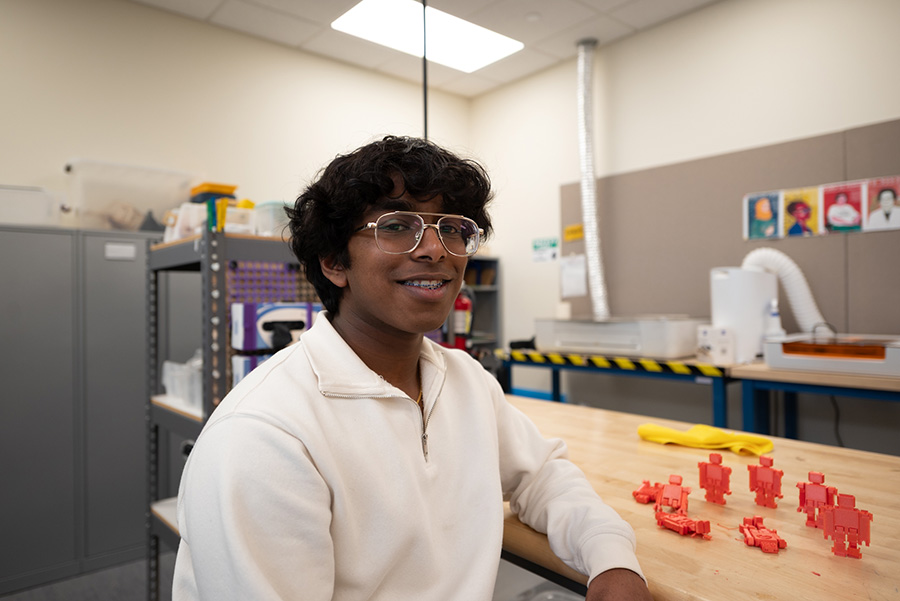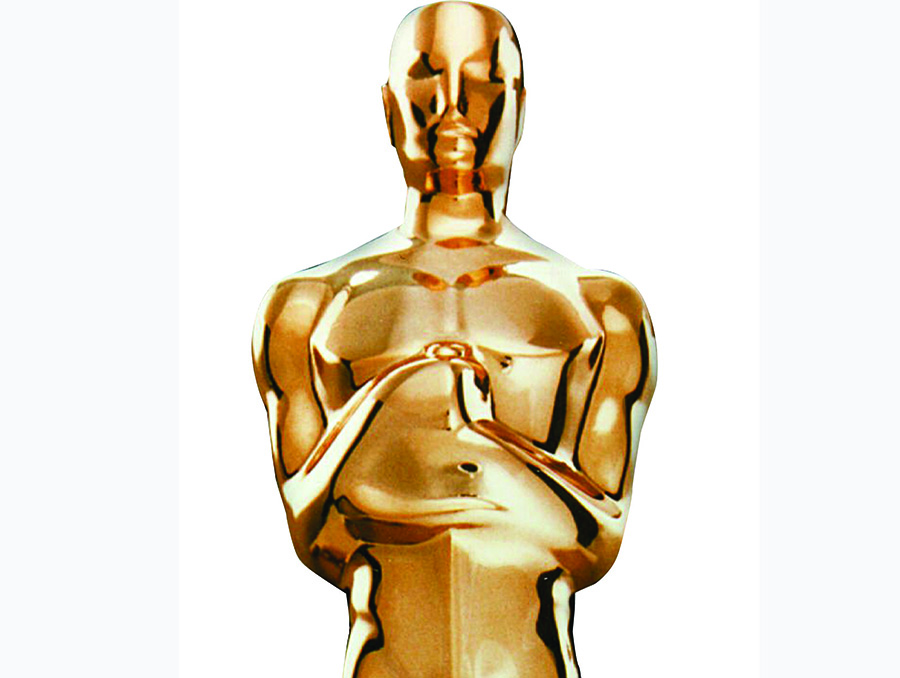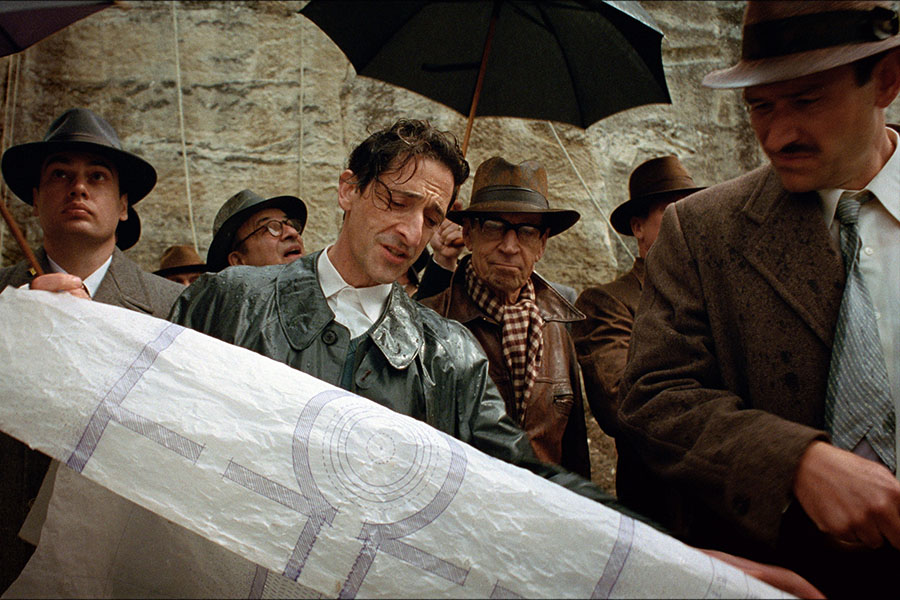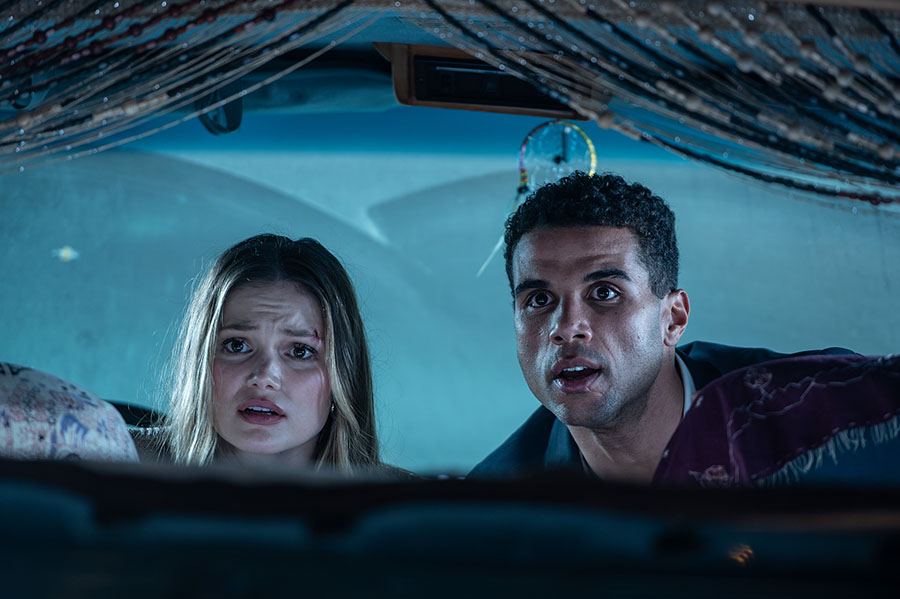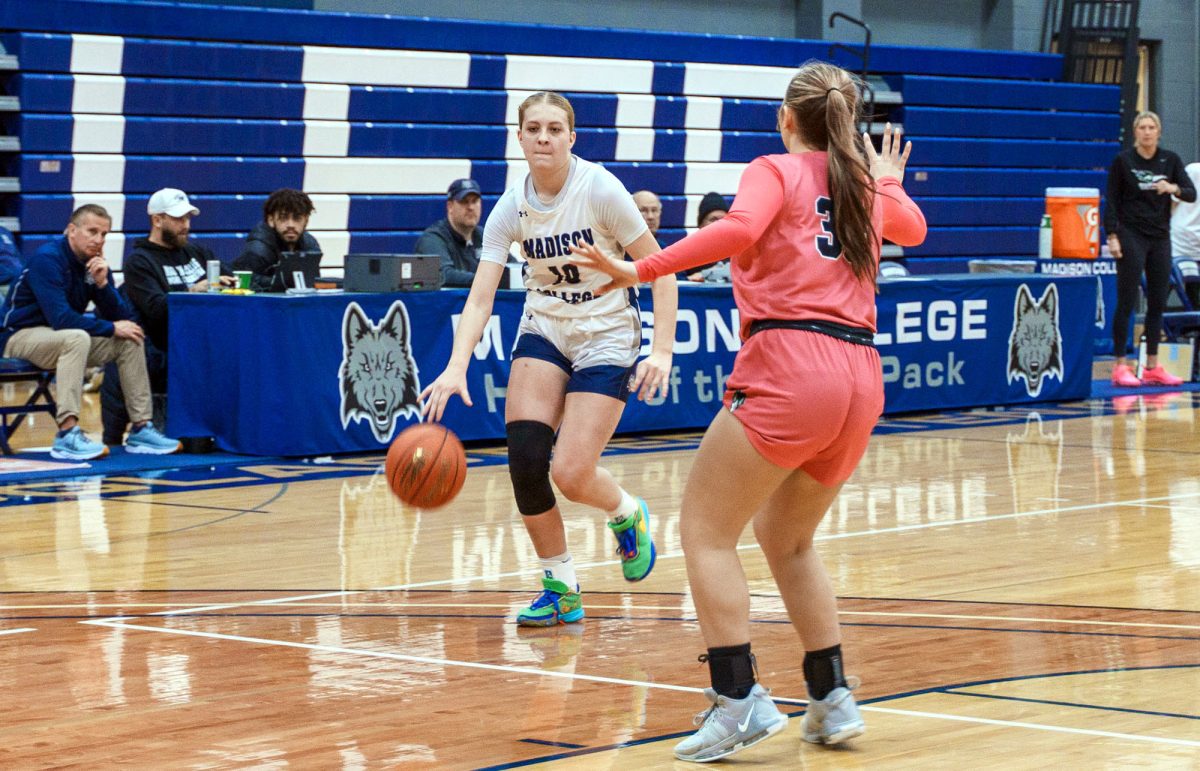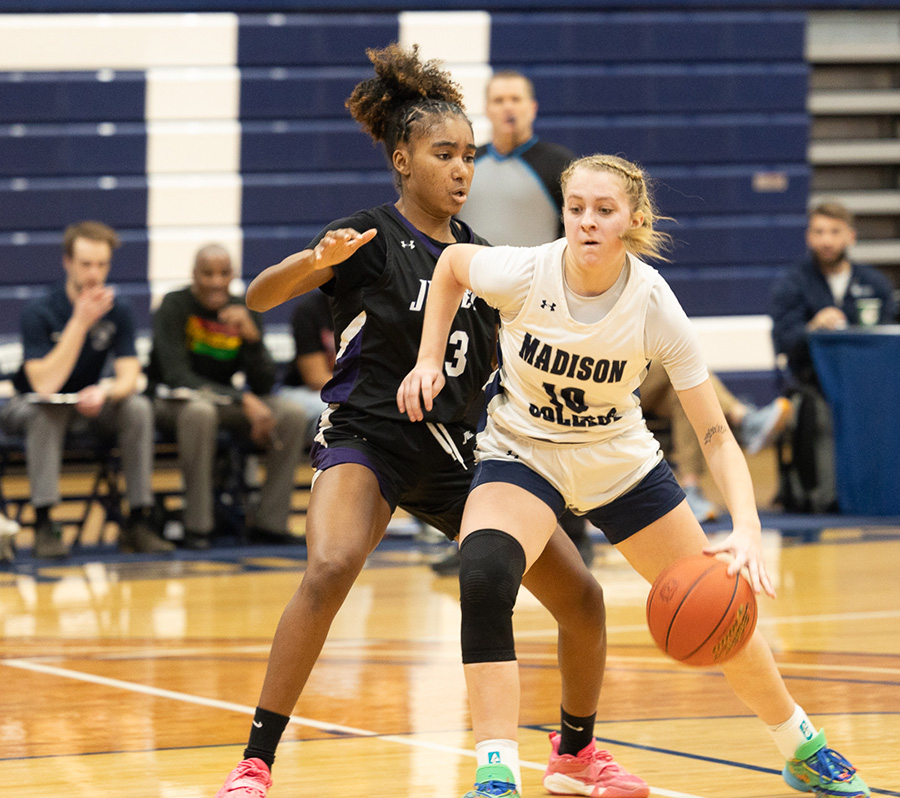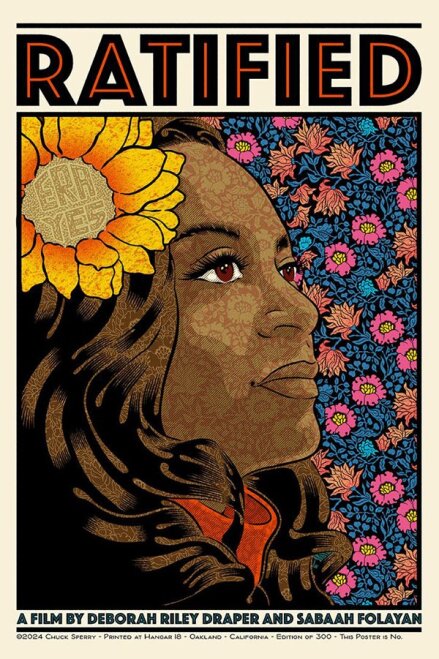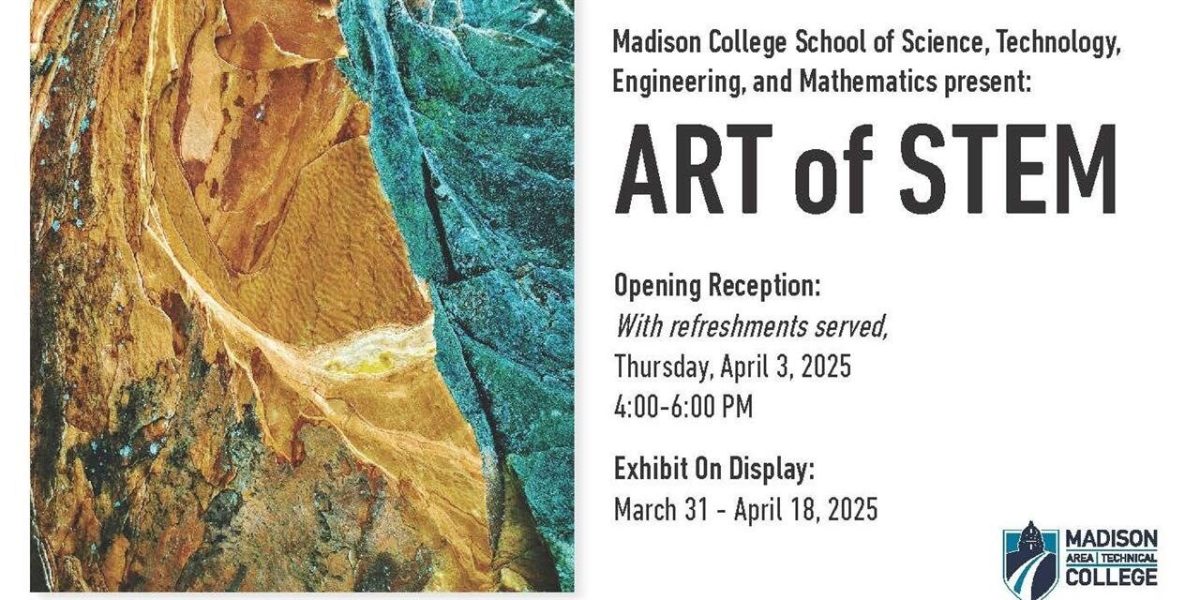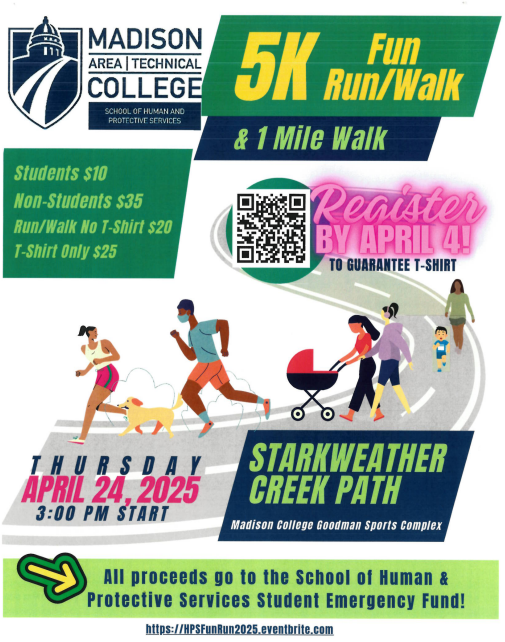National hero immortalized in film
September 21, 2016
Nightmares. Captain Chesley “Sully” Sullenberger (Tom Hanks) has nightmares all the time. In them he is piloting an aircraft with 155 people on board. The plane is dead in the air and they crash into New York City buildings killing everyone on board.
We revisit those nightmares intermittently throughout the Clint Eastwood directed film “Sully.” Each time they provide jarring reminders to Sullenberger of what might have been. Sometimes the nightmares come to him as sort of waking dreams or near-hallucinations. In reality, he crash-landed his plane into the Hudson River, saving the lives of every single one of his passengers.
Yet also in reality planes actually did crash into New York City buildings killing everyone on board.
The timing of Sully’s release on the weekend of the 15th anniversary of September 11 is not subtle. Eastwood reminds us early and often of what happened both on that day and how the American people responded on the days following.
The film begins in the aftermath of Sullenberger’s decision to make an emergency landing in the Hudson River after the plane accidently flew through a flock of birds. His co-pilot, played by Aaron Eckhart, is staunchly in support of Sullenberger’s decision and, like seemingly everyone else, feels in awe of Sullenberger’s heroism.
But, there are detractors. The two pilots are faced with constant pressure from a panel of investigators from the National Transportation Safety Board, spearheaded by Anna Gunn (Breaking Bad) and Mike O’Malley (Yes, Dear) who are trying to show that Sullenberger wasn’t heroic at all. They want to prove that the crash was a result of pilot error, which would end his career and-well-sully his reputation.
The NTSB’s ammunition is provided by a series of computer simulations designed to show that Sullenberger could have safely and in fact easily landed back at La Guardia without crashing. Sullenberger, for his part feels that part of his job is to feel in his gut what is safe for his plane and none of the computer simulations in the world can convince him otherwise.
As the NTSB tightens their grip on the proceedings, everything we think we know as the audience is called into question. During the riveting midsection of the film it becomes difficult not to start to doubt Sullenberger’s account of what happened or even to wonder if he was actively trying to crash the plane. His marriage was on the rocks, his personal life seemed dank. The questioning of the NTSB starts to sound kind of fair.
The real meat of the film is in the nightmares and flashback scenes. We see what Sullenberger fears- another 9/11- and we think we see what actually happens. But are the flashbacks accurate? Or, are they just depictions of what Sullenberger is trying to prove happened?
Ultimately, the answers to those questions don’t feel as satisfying as the journey towards those answers. The jarring opening scenes and meat-and-potatoes midsection are the most rewarding parts of the film. Still, Eastwood’s steady hand at the camera and Hanks’ steady moral superiority keep this movie from crashing.


